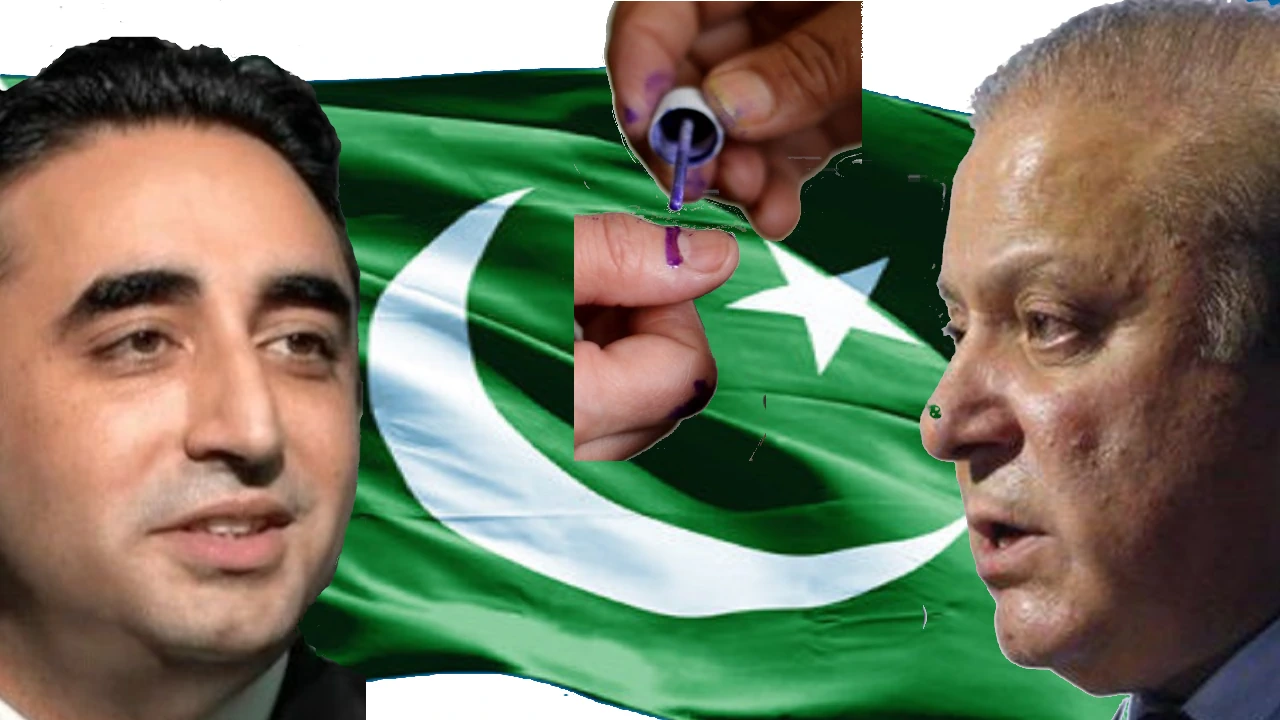Following intense political negotiations, Pakistan’s two leading parties, the Pakistan Peoples Party (PPP) and the Pakistan Muslim League-Nawaz (PML-N), have formed a coalition government, with Shehbaz Sharif poised to become the country’s Prime Minister. This alliance marks a significant shift in Pakistan’s political landscape and brings an end to the post-election deadlock that left Imran Khan’s party, which won the most seats, out of power.
During a late-night press conference in Islamabad, Bilawal Bhutto Zardari, the young leader of the PPP and the son of the late Benazir Bhutto, alongside his father, Asif Ali Zardari, and Shehbaz Sharif, announced the coalition’s decision, which has garnered enough support to form a government. This strategic partnership brings back into the limelight two of Pakistan’s most influential political dynasties and signals an end to days of uncertainty following the inconclusive elections on February 8th.
The new coalition indicates that both the PPP and the PML-N have agreed to collaborate to stabilize the political landscape of the country. Shehbaz Sharif has been chosen as the Prime Ministerial candidate, while Asif Ali Zardari has been nominated for the Presidency. Investors and political analysts will be keenly observing the coalition’s impact on Pakistan’s economy and its ability to address pressing issues such as soaring inflation, currently at 28%, and imminent negotiations for a new loan with the International Monetary Fund. Shehbaz Sharif has emphasized that economic recovery will be one of his top priorities, acknowledging the arduous path of ‘blood, sweat and sacrifice’ that lies ahead to steer the nation towards fiscal autonomy.
The merging of forces between PPP and PML-N is not unprecedented. They formed a coalition after the ousting of Imran Khan in April 2022, ruling together for roughly 16 months with Shehbaz Sharif at the helm as Prime Minister and Bhutto Zardari as his Foreign Minister. The collaboration during that period showcased a divergence in economic strategies, especially with regards to fuel price reforms. However, both parties decided to set aside their differences in the election to confront political instability.
But the formation of the new government does not come without challenges, as Khan’s Pakistan Tehreek-e-Insaf (PTI) party and its supporters have expressed strong dissent, signaling potential agitation. PTI, which was unable to contest the elections under its banner due to being barred and losing its emblematic cricket bat symbol, has leveled allegations of vote-rigging, which have been denied by the Election Commission of Pakistan and the interim government. The PTI has continued its protests, with tensions potentially escalating following the coalition’s announcement.
The nation now looks toward the upcoming parliamentary session, set for February 29, to see the culmination of these political maneuvers. As interim information minister Murtaza Solangi pointed out, this session will be critical in the formalization of the newly formed government. With the nation’s governance on the precipice of change, Pakistan’s citizens await hopeful that the coalition will lead the country towards a period of much-needed economic recovery and political stability.
